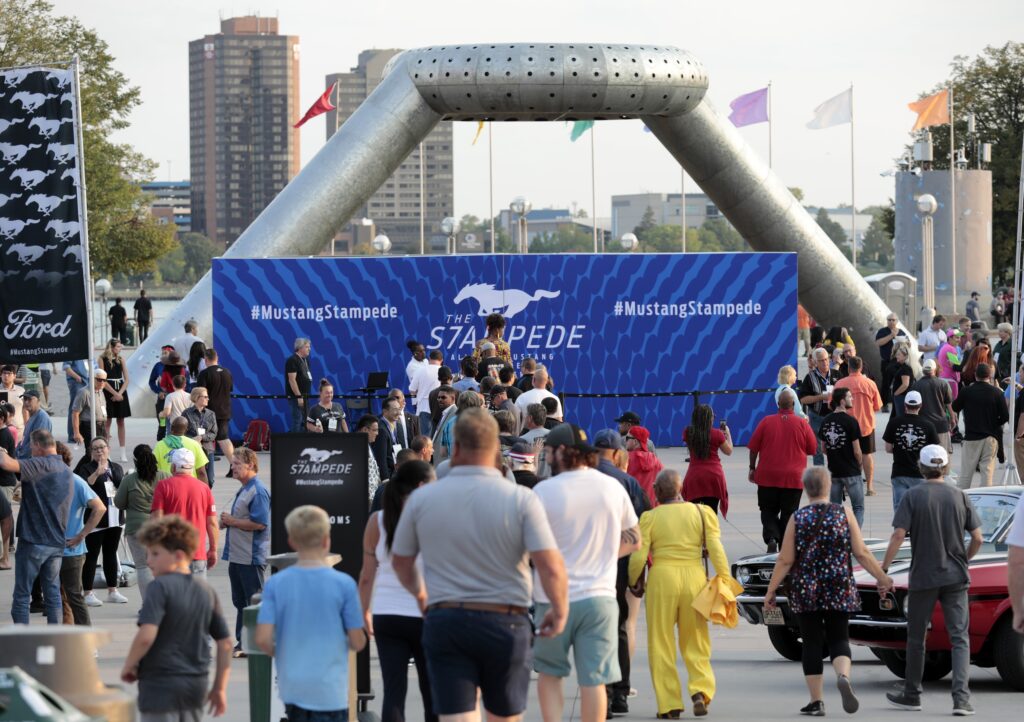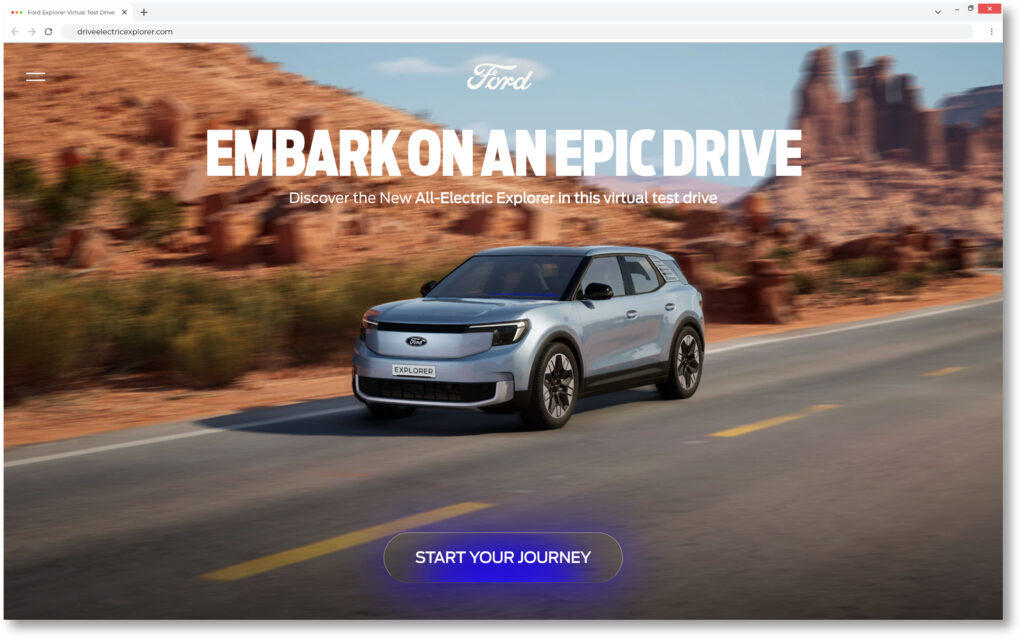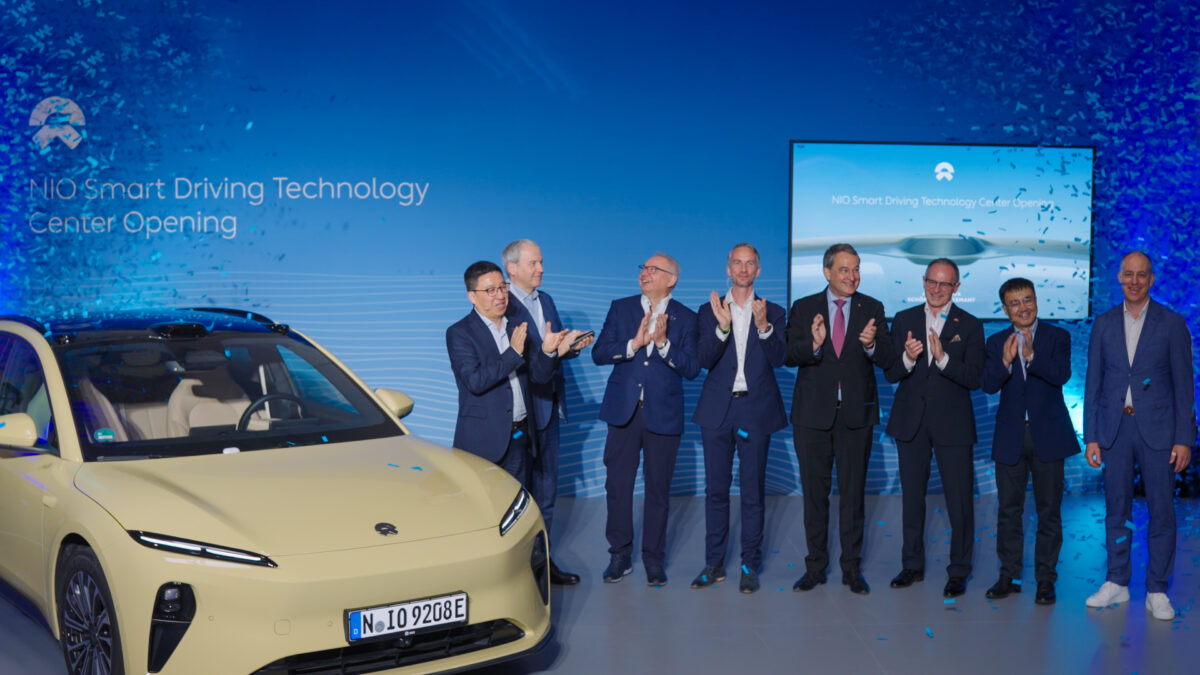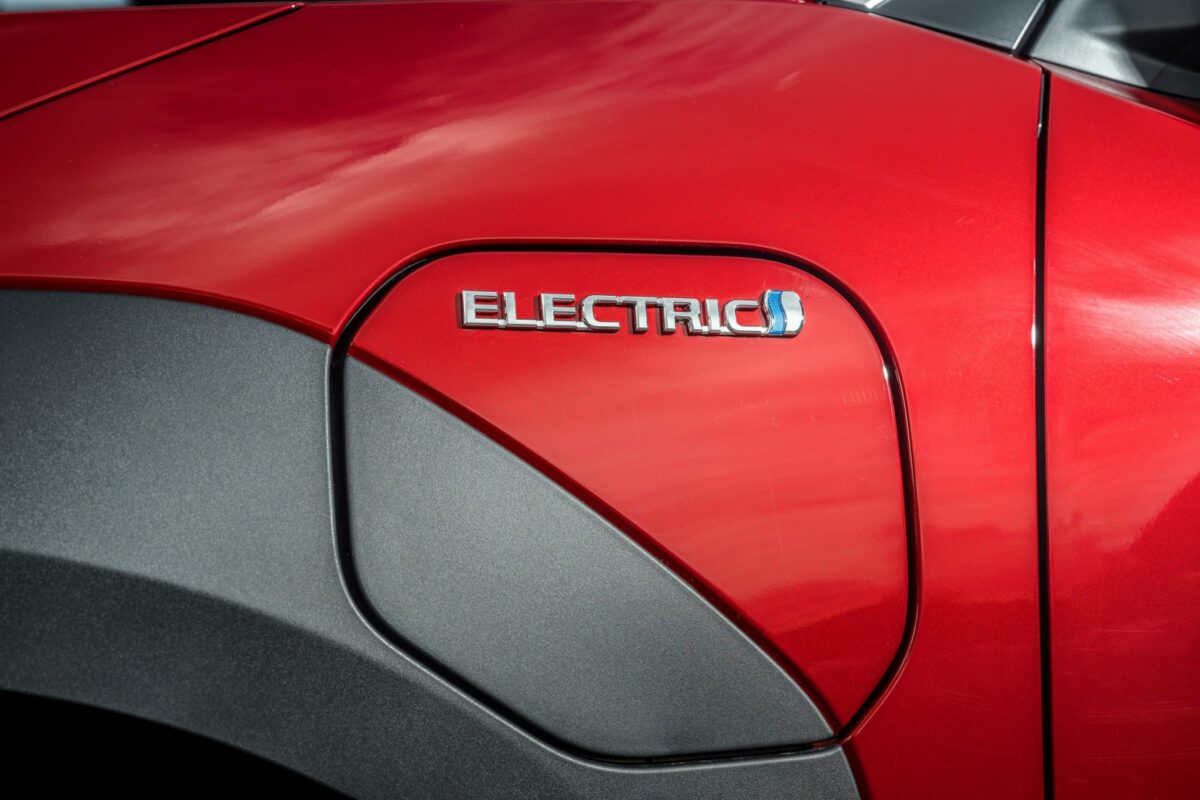Driving a vehicle engages multiple senses, creating a uniquely immersive experience. As a result, there’s a natural affinity for marketing efforts in the automotive sector to adopt a similar approach. While auto shows and events have long been a staple of the marketing landscape, the industry is evolving, marketeers are thinking beyond sugar rush marketing and communications and prioritising connected experiences that build lasting emotional connections with consumers.
One size doesn’t fit all
Experiences in the past have often been one size fits all, without much regard for the different audiences that an auto brand might need to reach; for example potential prospects compared with existing owners may expect, and respond differently, to messaging. Today, most auto brands are less focused on brand awareness and more on building emotional connections with customers to their brand, product and services, and demonstrating that they don’t just value a customer at the time of purchase, but throughout their ownership experience.
Favourable opinion is almost double for customers who have experienced a brand’s product, compared to those who haven’t
Today the competition isn’t just for sales, it’s about advocacy. Brands need to work harder than ever to build and maintain consumer relationships. As a result, automotive brands have been much more deliberate and inclusive in their experiential approaches.
For instance, Tesla has been steadily building its tribe of ‘Telsarati’ through events like Elon Musk’s Cyber Rodeo, which has become the hottest ticket in town and drawing a massive online audience. Driving Tesla’s level of brand advocacy isn’t rocket science. The brand creates connections with its audiences through having a connected experience, whether its Elon responding directly to a customer on Twitter who has a great idea for a new feature on their car, or inviting customers to one of its events, or pulling the curtain back on innovation within the company at investor and AI events. Each creates an emotional connection.
Ford is also taking a lead on how it engages both its existing audiences and its conquest audience. In September, 2022 it held the Mustang Stampede in Detroit. At the heart of the event was the launch of the All-new Mustang but it was also a rallying cry to their tribe of owners and influencers. For the Mustang Stampede, thousands of Mustang fans were treated like family and invited to meet at Ford’s World Headquarters in Dearborn before driving in convoy across the city to downtown. There the Ford team—from the CEO to the engineers—took time to interact with the crowd, take selfies, hear their Mustang story and to know that whether they owned a 1964 ½ Mustang or a 2022 Mustang, they were at important part of the Ford family.

The goal with events like this is to build and sustain an army of advocates who can use the power of sharing and recommendation to stimulate expectation. Word of mouth remains the most valuable tool for brands wanting to create energy and anticipation around an event or experience.
Experiencing is believing
Ford data has shown that favourable opinion is almost double for customers who have experienced a brand’s product, compared to those who haven’t. In the world of automotive, that means that putting butts on seats is still a very important and persuasive form of brand immersion. Auto shows are not dead, just bad auto shows. Gone also are the days of brands being brand palaces, and today the most progressive shows and brands are realising that they are in competition for the audience’s attention and there has to be a return on experience and an entertainment factor for visitors.
As a result, immersive experiences are increasingly happening at auto shows, just look at the Bronco Build Wild Experience at the 2021 Chicago Auto Show as an example. Here riders could appreciate the off-road capabilities of these vehicles, and experience the technology and capabilities of each vehicle to inform their purchase decision. To date, over 78,000 have taken a ride over a 38 degree mountain, and found the experience unforgettable. Ford also paid attention to their reservation holders by inviting them to the show and offering them a fast pass experience, making them feel valued and giving them access to product specialists who can answer questions about their new purchase.
Building upon this, Ford also offers the Bronco Off-Roadeo experience, the ultimate off-road adventures across multiple US locations. These experiences foster deeper relationships and stronger emotional ties with consumers, benefiting long-term brand building.

While there’s a clear benefit to providing ways for people to drive and test all aspects of a new car, with the advancements made in technology, new avenues are also opening up. So, it no longer stops with ‘in real life’ (IRL)—immersive experiences are also extending into the virtual world. Ford showcased its virtual test drive for the recently unveiled all-electric Ford Explorer, for the Europe market. This experience combined best-in-class gaming technology with dynamic product storytelling, offering people a simulated driving experience that people could personalise.
Use the power of multipliers
Who could forget President Biden driving a prototype of the F-150 Lightning, a moment that went global, from late shows, to SNL to news outlets across the country and the world. Here was an example of a powerful force multiplier.
Automotive brands have increasingly been collaborating with other brands, influencers, and even government organisations to create ‘force multipliers’ for their brand and their partners’ brands. The aim for everyone involved is to reach a specific target audience—they are all seeking to create immersive experiences but no one’s budget is limitless. It can be a win-win situation for all parties involved to join forces and provide an immersive, hands-on interaction with key consumer audiences in a very efficient way.
Ford has been involved in a number of these. The recent KenTRUCKy event demonstrated this, where to celebrate the launch of the All-New Ford SuperDuty the company changed the name of the Commonwealth of Kentucky to KenTrucky for the day. Even the Governor of Kentucky got in on the act, as did brands like KFC which offered a limited-edition ‘Kentrucky Fried Chicken’ bucket and changed its twitter handle for the day.
Putting butts on seats is still a very important and persuasive form of brand immersion
Another example is the Maverick/Oreo cookies collaboration, where Oreo made a limited-edition package camouflaged as the 2022 Ford Maverick owners’ manual as part of its ‘Oreo Thins Protection Program’ promotion. It’s not hard to imagine Oreos being offered at any Maverick event. There are numerous other examples including Lincoln working with luxury retailer Shinola to launch the Aviator SUV concept vehicle, which incorporated some of Shinola’s design motifs, at the Pebble Beach Concours D’Elegance.
Immersive techniques are changing the nature of experiences, making them bigger, bolder and better. As the industry shifts, they will be called upon more than ever. There are many changes on the horizon for automotive manufacturers, especially with the rise in electric vehicles over traditional internal combustion engine models. Educating and informing drivers of what these changes mean will require careful marketing activity, and players will be keen to fully exploit the impact of immersive experiences.
About the author: Alistair Wilson is Global Lead & Managing Director at Imagination Detroit



